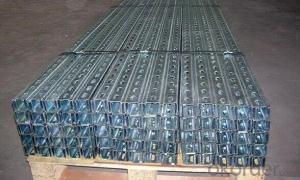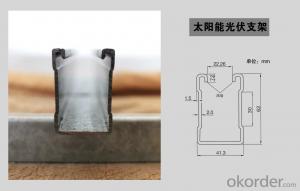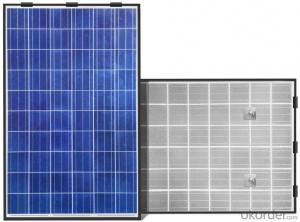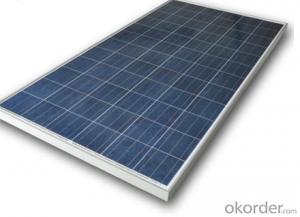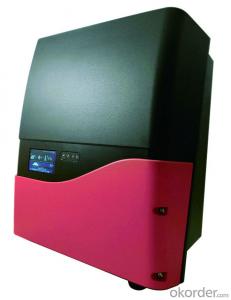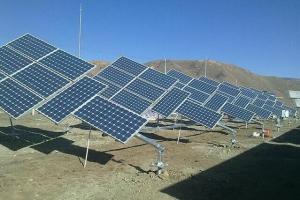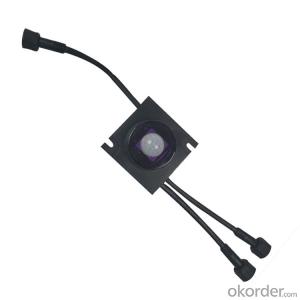Inside Solar Inverter
Inside Solar Inverter Related Searches
The Solar Inverter Solar Inverter Installed Inverter In Solar Power Plant Inverter In Solar Inverter With Solar Input About Solar Inverter Install Solar Inverter Inverter On Solar Panel Solar Inverter Installation Plug In Solar Inverter Inverter With Solar Charger Inverter With Solar Panel Inverter With Solar Panels Solar And Inverter Solar Panel With Inverter Inverter Used In Solar Panel Solar Battery With Inverter Inverter In Solar Panel System Solar With Electric Inverter Use Of Solar Inverter Inverter In Solar Energy Inverter With Solar System Inverter With Battery Solar Solar Inverter Configuration Solar Inverter Upgrade Solar Panels With Inverter Solar Kit With Inverter Replacing A Solar Inverter Solar Inverter Near Me Undersizing Solar InverterInside Solar Inverter Supplier & Manufacturer from China
Inside Solar Inverter is a crucial component in solar energy systems, responsible for converting the direct current (DC) generated by solar panels into alternating current (AC) that can be used by homes and businesses. This product plays a vital role in ensuring the efficient operation of solar power systems, making it an essential part of renewable energy solutions. Solar inverters are used in a variety of applications, from small residential rooftop installations to large-scale commercial and utility-scale solar farms. They are designed to handle different power capacities and are tailored to meet the specific needs of each project, ensuring optimal energy output and system performance.Okorder.com is a reputable wholesale supplier of Inside Solar Inverter products, offering a vast inventory to cater to the diverse requirements of customers worldwide. With a commitment to quality and customer satisfaction, Okorder.com ensures that the Inside Solar Inverter products they provide meet the highest industry standards. Their extensive range of solar inverters is designed to accommodate various system sizes and configurations, making it easy for customers to find the perfect fit for their specific solar energy needs.















